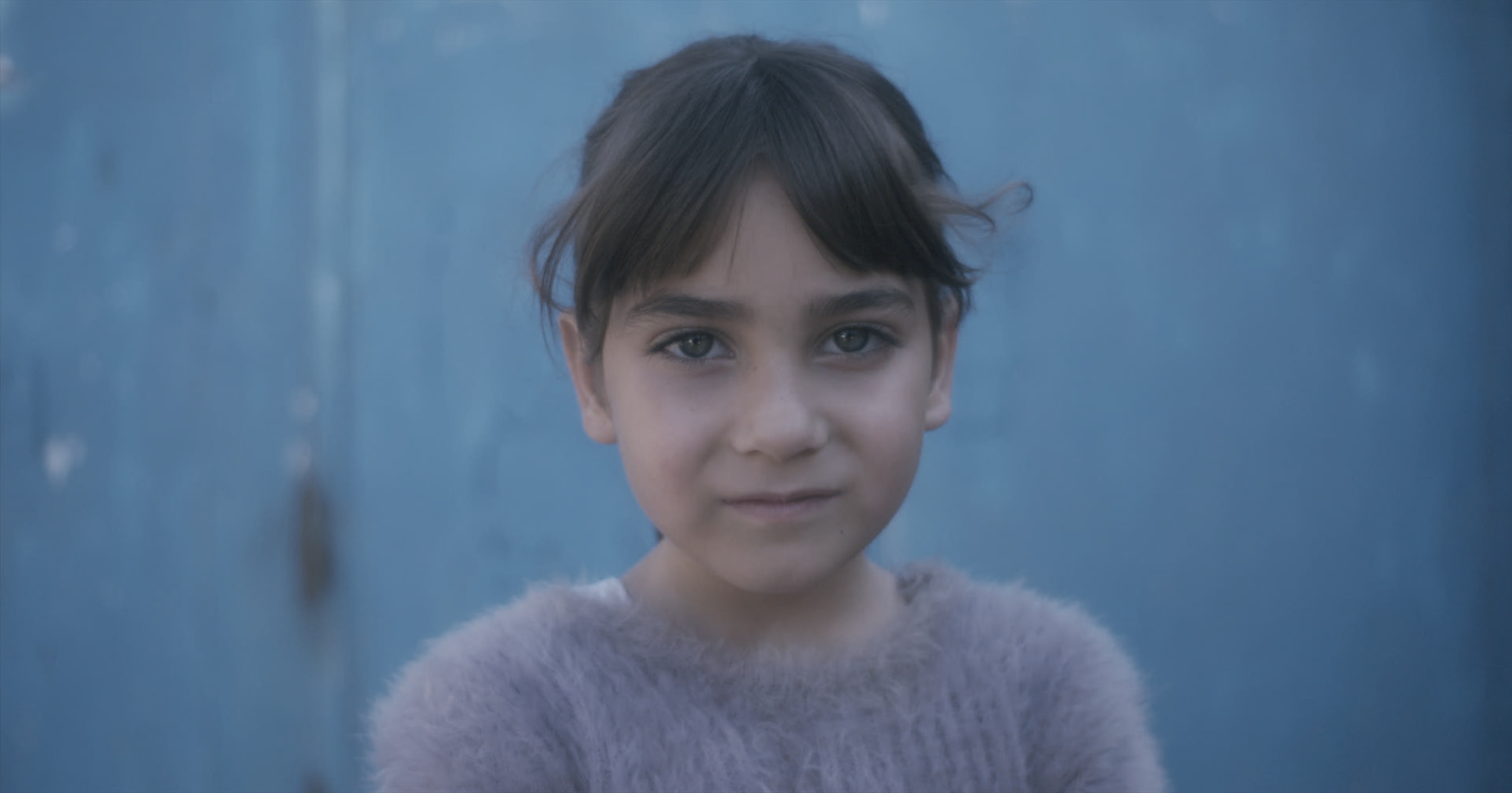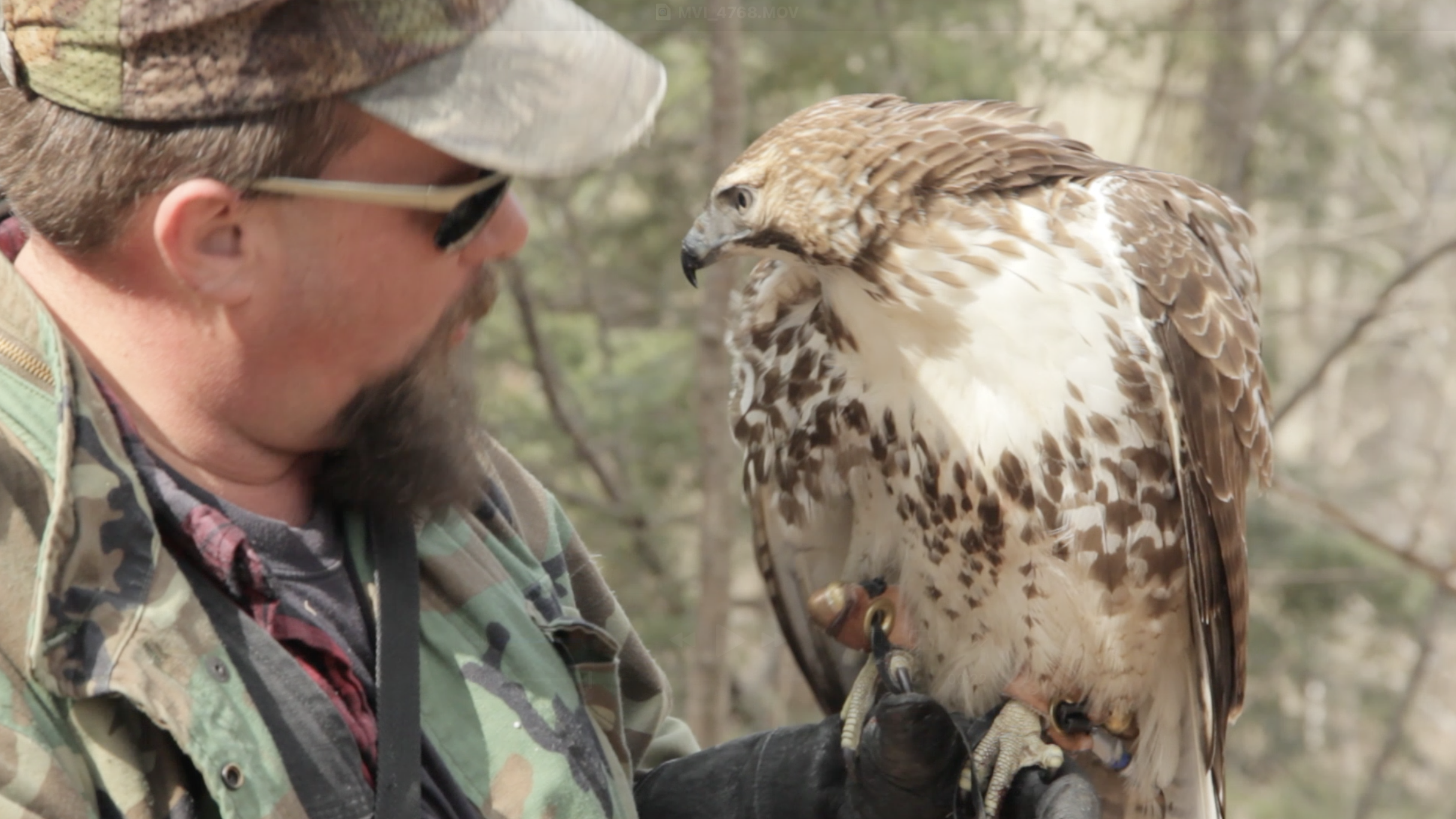The Burning Field
Feature Documentary, 2019
Life in one of the world’s most toxic environments is examined through the experiences of four young people living in Agbogbloshie, Ghana, a vast e-waste dump and recycling hub. This film adopts an experimental ethnographic approach, drawing stylistic inspiration from Robert Gardner and other visual anthropologists, to interrogate the intertwined issues of electronic waste, environmental catastrophe, and climate change-driven migration. The result is an immersive and unsettling portrait of survival in an ecological wasteland, foregrounding the human costs of global consumerism and technological excess.
الزعتري (In Za’atari)
Short Documentary, 2021
This ethnographic project interrogates the processes of identity formation and the negotiation of nationhood among youth in Za’atari, the world’s largest Syrian refugee camp. Situated in a liminal space between displacement and permanence, these young Syrians - many born in exile - embody the tensions of a generation whose sense of self and belonging is being shaped outside the territorial bounds of their homeland. Their experiences therefore illuminate broader questions of diaspora and cultural identity under conditions of uncertainty.
Curiosity, Adventure & Love
Feature Documentary, 2017
A century of colonization, nation-building, and cultural transformation is refracted through the memories of a 106-year-old Philippine matriarch as she recounts her extraordinary life. Her narratives - spanning the final years of Spanish rule, the Japanese occupation during World War II, and the authoritarianism of the Marcos regime - interweave with intimate accounts of family, romance, and loss. The result is a poetic and visually resonant meditation on memory, mortality, and the enduring imprint of history on individual lives.
Lab Rat #31415
Short Documentary, 2016
The final film in the Our Animals series examines the life of a laboratory rat, one of an estimated 120 million rodents used and euthanized annually in the United States. Positioned at the intersection of biology, technology, and ethics, the film traces the rat’s existence as both a living being and a node of scientific data. By foregrounding the entanglements between human and nonhuman life, it interrogates the moral, epistemic, and biopolitical implications of contemporary research practices, offering a critical reflection on the ethical landscapes shaped by our instrumental relationship with other species.
The Zoo
Short Documentary, 2015
The third installment Our Animals turns to the San Diego Zoo, presenting an impressionistic and fragmented portrait of the daily routines, backstage care, and public spectacle of captive wild animals. By exploring the emotional, moral, and cultural dimensions of life in captivity, the film probes the uneasy intersections of conservation, commodification, and spectatorship in human–animal relations.
Wild Bird
Short Documentary, 2014
(Our Animals #2) The bond between John, a plumber in rural Massachusetts, and Reggie, a red-tailed hawk he rescued as a chick, forms the center of this experimental short film. Through a day spent in the forest - encountering wildlife, other hawks, and wary humans - the work reflects on communication, kinship, and the possibility of intimacy across species boundaries, highlighting the fragile yet profound connections that bind human and nonhuman lives.
The Taxidermist
Short Documentary, 2012
Our Animals is a series of experimental short films that explore concepts of anthrozoology through intimate glimpses of the intersections of human and non-human animals. The series begins with Carl, a taxidermist and naturalist whose daily work of disassembling hunted animals and reconstructing them as visual trophies exposes the complex entanglements of culture, death, and representation. This portrait examines how practices of hunting, ownership, and display shape human perceptions of the animal world, situating taxidermy as a site where natural history and cultural symbolism converge.
Home
Short Documentary, 2015
Through the eyes of five homeless teenagers navigating life in New York City’s parks, subway tunnels, and shelters, this film offers an ethnographic exploration of survival and coming of age under conditions of precarity. Attuned to the interplay of resilience, marginalization, and vulnerability, the project foregrounds how youth construct identity, community, and meaning in the face of systemic neglect and an unforgiving urban landscape.
Hard Time
Documentary Series, 2010 - 2014
This Emmy-nominated series explores the social, cultural, and emotional dimensions of the American prison system. Filmed over the course of four years embedded in a maximum-security facilities, the project examines how imprisonment transforms individuals, reshapes identities, and produces distinct forms of culture behind bars. Adopting an anthropological lens, the series interrogates the structural and human consequences of incarceration in contemporary America.
Captive Hunting Exposed
60-min Documentary, 2012
This Genesis Award–winning investigative documentary, produced in partnership with Animal Planet and the Humane Society, exposes the hidden world of exotic animal trafficking and the lucrative industry of “canned hunts” - private facilities where wealthy clients pay to kill exotic and endangered species. Through deep undercover reporting, the film reveals the networks of profit, cruelty, and complicity that sustain this trade, situating it within broader critiques of commodified nature and the ethics of human domination over wildlife.
Invaders: A Natural History
6-part Documentary series, 2011
This National Geographic series explores the fragile balance between humans and nonhuman species through the contested category of “invasives.” Focusing on nutria, coyotes, bed bugs, and moose, it traces how human expansion and ecological disruption generate new forms of entanglement between species. Invasive animals are not only ecological agents but cultural symbols, embodying tensions around belonging, adaptation, and resilience. By blending ecological science with ethnographic perspectives, the series interrogates the language of invasion itself—asking whether such framing obscures deeper histories of movement, colonization, and survival in a rapidly transforming natural world.
इन बोध गया (In Bodh Gaya)
Short Documentary, 2013
Filmed in Bodh Gaya, one of Buddhism’s most sacred pilgrimage sites, this film examines the convergence of faith, culture, and global religious practice. Here, devotees from around the world gather to meditate and worship beneath the Bodhi tree, where Siddhartha Gautama is believed to have attained enlightenment. Combining ethnographic observation with visual poetics, the film reflects on the universality of ritual, the transmission of belief, and the cultural vitality of sacred space.



































